Here are interesting facts about Titanosaurus — the giant dinosaur that has fascinated paleontologists and dino fans alike:
Alright, dinosaur fans—let’s take a break from the T. rex fan club and give a massive round of applause to one of the lesser-known, but no less awesome, dinos out there: Titanosaurus. While it may not be a Hollywood A-lister (yet), this ancient long-necked beast deserves way more love than it gets. With a name that literally means “Titanic lizard”, you know you’re dealing with a heavyweight.
So grab a snack (preferably leafy and prehistoric), settle in, and let’s get to know the Titanosaurus—a gentle giant who walked the Earth millions of years ago and left a big footprint (literally and figuratively) in the world of paleontology.
First Things First: What Was Titanosaurus?
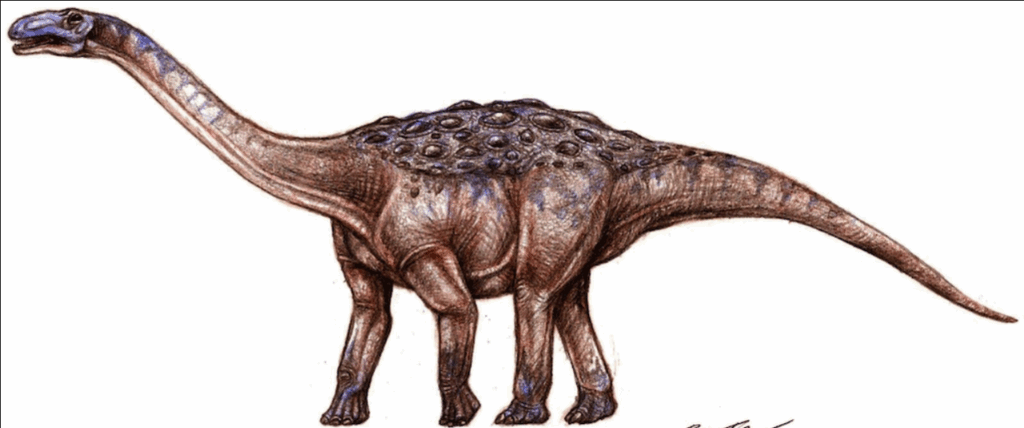
Titanosaurus was a sauropod, the group of dinosaurs famous for being really, really long. Think long necks, long tails, massive bodies, and legs like tree trunks. Sauropods were basically the skyscrapers of the dino world, and Titanosaurus was no exception.
What sets Titanosaurus apart, though, is that it was part of a specific group called titanosaurs, which were among the last surviving sauropods before the mass extinction. They were tough, widespread, and could be found all over the globe. Basically, if sauropods had a “last man standing” award, the titanosaurs would win it.
And yep, as the name suggests, Titanosaurus was one of the OGs of that group. It’s even the dinosaur that gave the group its name!
When and Where Did It Live?

Titanosaurus lived during the Late Cretaceous period, roughly 66 to 70 million years ago, give or take a few million years (we’re dealing with fossils here, not birth certificates).
Its remains were first discovered in India, which was part of a drifting landmass back then—India hadn’t yet slammed into Asia to create the Himalayas. Back in the Cretaceous, it was a warm, lush environment filled with ferns, cycads, and plenty of delicious greens for a hungry herbivore like Titanosaurus.
But India wasn’t the only place they roamed. Similar titanosaurs have been found all over the place—from South America to Africa to Europe. These dinos were clearly the globetrotters of their time.
Just How Big Are We Talking?
Now, let’s get into the juicy stats. Titanosaurus wasn’t the largest sauropod of all time (that crown goes to its cousin Argentinosaurus), but it was still huge by any standard.
Estimates suggest Titanosaurus was about:
- 9 to 12 meters (30 to 40 feet) long
- 4 to 5 meters (13 to 16 feet) tall at the shoulder
- And weighed somewhere between 10 to 15 tons
So yeah, not exactly something you’d want walking across your backyard. It wasn’t the biggest, but it was definitely big enough to make the ground shake when it walked.
What Did It Eat?
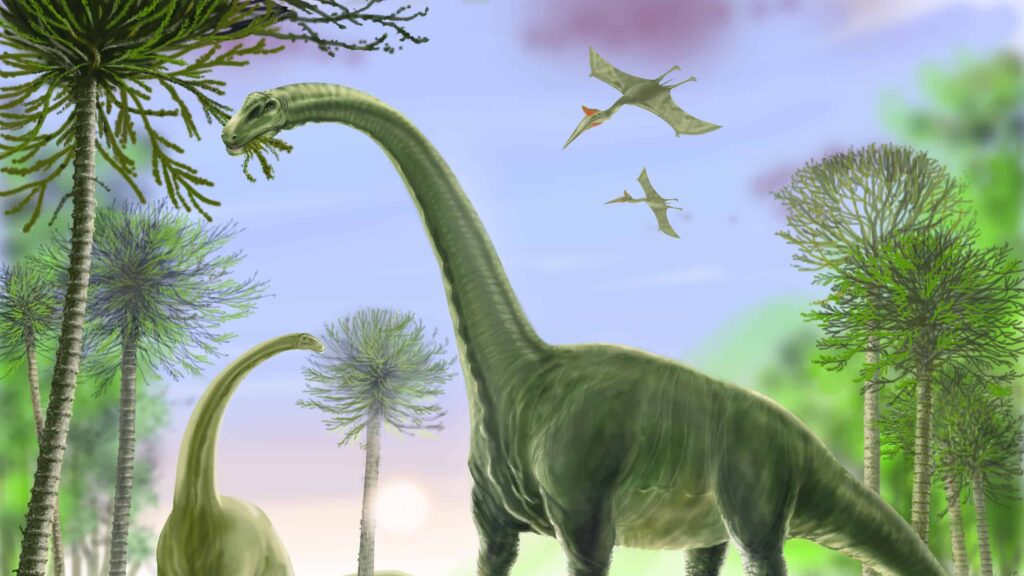
Titanosaurus was all about that plant-based lifestyle. Like its sauropod cousins, it was an herbivore through and through. We’re talking ferns, cycads, ancient trees—basically the prehistoric salad bar.
Its long neck helped it reach high into trees and maybe even sweep low across the ground. Its teeth weren’t built for chewing, but rather snipping and stripping leaves. It likely swallowed the greens whole and let its massive gut do the hard work of digesting everything.
No chewing? No problem. This was a slow and steady grazer, not a picky eater.
How Did Titanosaurus Defend Itself?
You’re probably wondering: with all that size but no sharp teeth or claws, how did Titanosaurus avoid becoming lunch?
Well, first of all—size matters. When you weigh as much as a school bus and stand taller than a giraffe, most predators just leave you alone. Only the most daring or desperate meat-eaters would mess with a full-grown Titanosaurus.
Second, Titanosaurus had a whip-like tail that could probably swing with enough force to knock down smaller predators. And it likely moved in herds, which means there was safety in numbers. A bunch of Titanosauruses marching together would be like a slow-moving earthquake—definitely not something you’d want to pick a fight with.
Fun Fact: It Had Armor!
Yep, you read that right. Some titanosaurs (and possibly Titanosaurus itself) had bony plates or armor embedded in their skin, kind of like natural body armor. This made them even tougher and harder to mess with. Scientists have found fossil evidence of these little osteoderms, which added an extra layer of protection.
So not only was Titanosaurus huge, it was also basically a tank.
The Fossil Mystery

Here’s where it gets a bit tricky. The first fossils of Titanosaurus were found in 1877 by British paleontologist Richard Lydekker in India. But—and this is a big but—the fossils were pretty fragmentary. Just some tail vertebrae and a limb bone or two.
Because of that, Titanosaurus has been a controversial figure in the dino world. Some scientists think it wasn’t distinct enough to be its own genus, and that it might just be a placeholder for various titanosaurs that haven’t been fully sorted out yet.
In fact, a lot of “Titanosaurus” fossils found over the years have been reassigned to other genera. It’s kind of like when a band releases a few songs, and later the members split up and go solo—Titanosaurus started big, but now its “family” is getting more refined.
Pop Culture Time: Yes, There’s a Movie Version!
Believe it or not, Titanosaurus made an appearance in Japanese monster movies! In the 1975 Godzilla flick Terror of Mechagodzilla, there’s a kaiju named Titanosaurus.
Now, this Titanosaurus doesn’t look much like the real dinosaur—he’s red, has fins, and fights robots. But still, it’s cool to see this ancient giant get its moment in the spotlight, even if it’s in a wildly inaccurate way. (Still counts!)
Why Titanosaurus Matters
Even though it’s not the flashiest or most well-known dinosaur, Titanosaurus plays a super important role in our understanding of the dino world. It was one of the last sauropods standing, surviving right up until the big extinction event 66 million years ago.
It shows us how dinosaurs evolved to adapt to different continents and how massive plant-eaters continued to dominate the landscape even as the dino age came to an end.
Plus, Titanosaurus opened the door to discovering dozens of other titanosaurs around the world. It’s kind of like the gateway dino to an entire branch of prehistoric giants.
Final Thoughts: The Giant You Need to Know
Titanosaurus might not be as famous as some of its cousins, but it’s got the goods: huge size, awesome armor, a global legacy, and a name that sounds like a superhero. It lived in a time when Earth was wild, warm, and full of giants—and it thrived.
So the next time someone starts talking about T. rex or raptors, hit them with this little gem: “Yeah, those guys are cool—but have you heard about Titanosaurus?”
It’s time this underrated giant got the credit it deserves. Because sometimes, the quiet giants are the coolest ones of all. 🦕
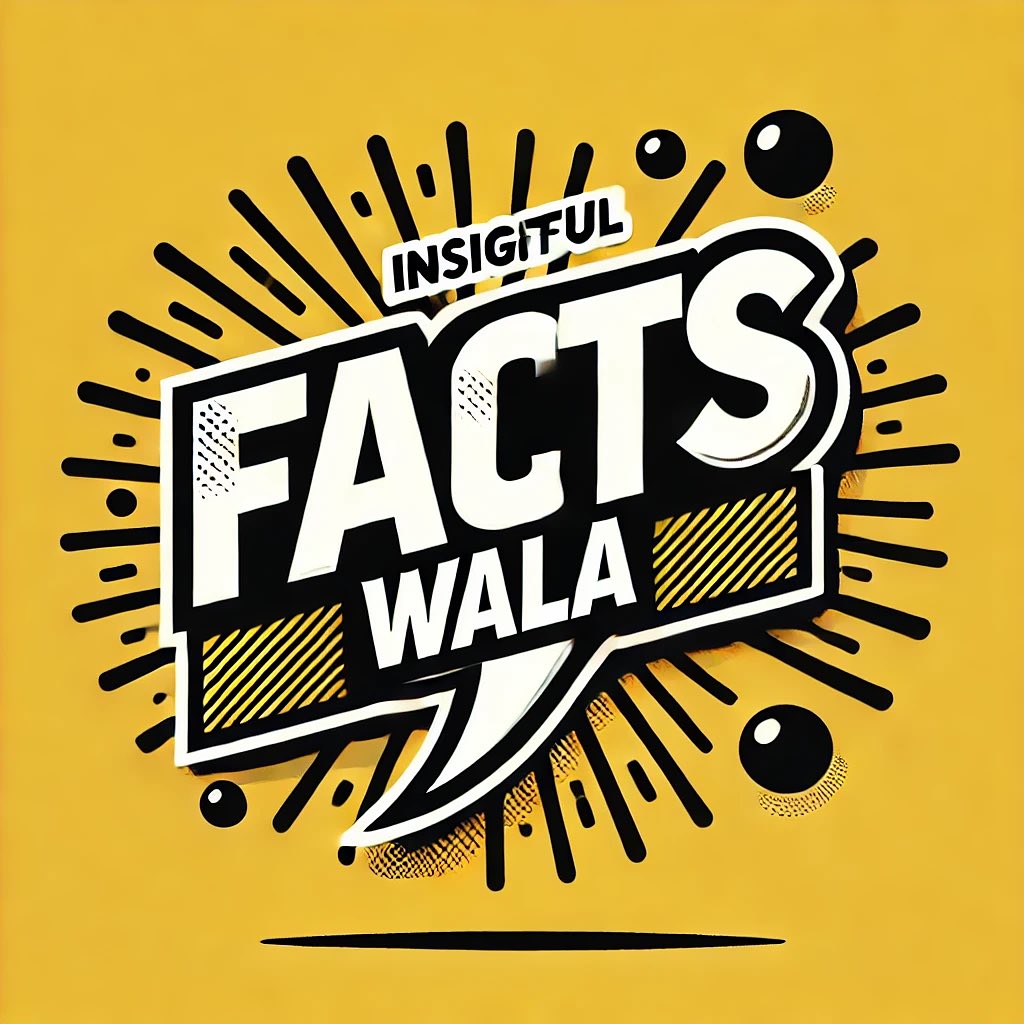

























































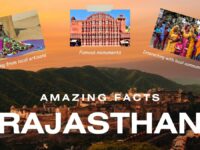

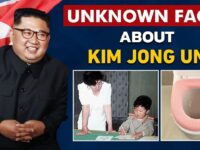


































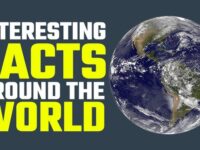








0 Comments